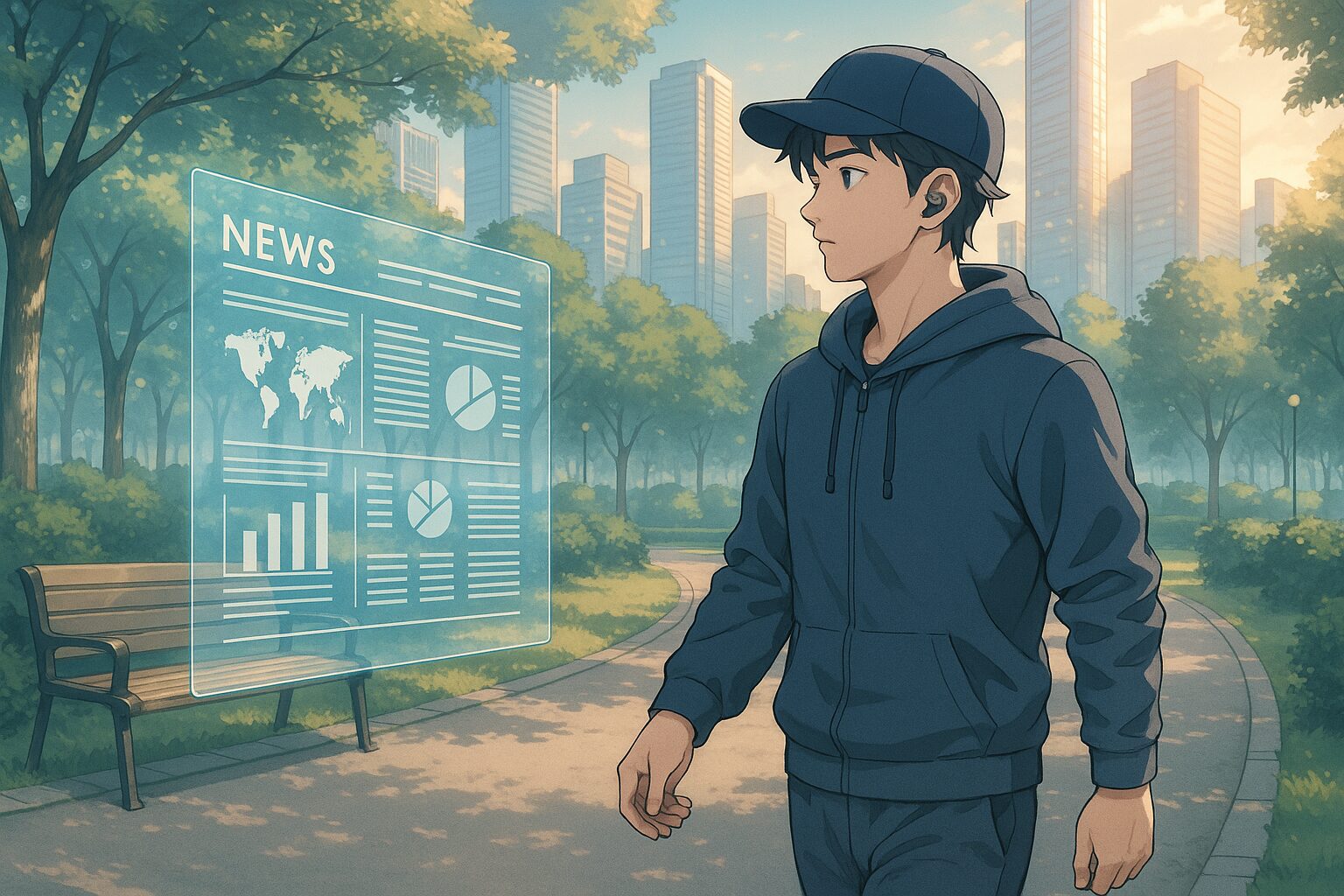How Will the Future of India’s Urban Real Estate Market Change?
Indian cities are gaining attention as hotspots for future real estate investment. If this trend continues, how will urban landscapes and our lives change?
1. Today’s News
Summary:
- The Indian real estate market is predicted to see high investment returns in the next five years.
- Certain cities are emerging as hotspots for rapid growth in real estate value.
- Choosing the right timing and location can transform homebuyers into strategic investors.
2. Considering the Background
The rapid growth of India’s real estate market is fueled by urbanization and advancements in infrastructure development. As populations concentrate in urban areas, the demand for housing and commercial facilities is increasing. This creates a mechanism where real estate prices rise alongside economic growth. Such movements will bring new business opportunities and changes in lifestyles to everyday life. Let’s consider what changes lie ahead for the real estate market and what kind of future it may paint.
3. What Will the Future Look Like?
Hypothesis 1 (Neutral): The Future of Common Urban Real Estate Investment
Real estate investment in urban areas will become commonplace and widely recognized as part of individual wealth building. As a result, urban landscapes will change with an increase in high-rise buildings, and living environments will diversify. Ultimately, the values that consider investment as part of daily life will permeate society.
Hypothesis 2 (Optimistic): A Future of Major Urban Development
The vibrant urban real estate market will accelerate the development of new infrastructure and services, improving the quality of life. This will make cities more livable, attract an increasing number of migrants from within and outside the country, and form diverse communities. As a result, cities will be recognized as centers of international business and culture.
Hypothesis 3 (Pessimistic): A Future Where Traditional Living is Lost
The rapid growth of the real estate market may promote swift modernization of cities and overshadow traditional cultures and communities. This could lead to a loss of local individuality and a homogenized urban landscape. People may feel the need to mourn the lost culture and rediscover the unique values of their regions.
4. Tips for Us
Mindset Tips
- Reassess your values in response to change.
- Maintain a perspective that utilizes the risks and benefits of real estate investment in daily choices.
Small Practical Tips
- Participate in local community activities and observe changes.
- Discuss real estate and urban planning with people close to you and share information.
5. What Will You Do?
- Will you take on the challenge of real estate investment, or will you seek ways to protect your current way of life?
- How will you balance tradition and modernization?
- How do you envision the future of cities?
What kind of future have you envisioned? Please share your thoughts through social media comments or quotes.









